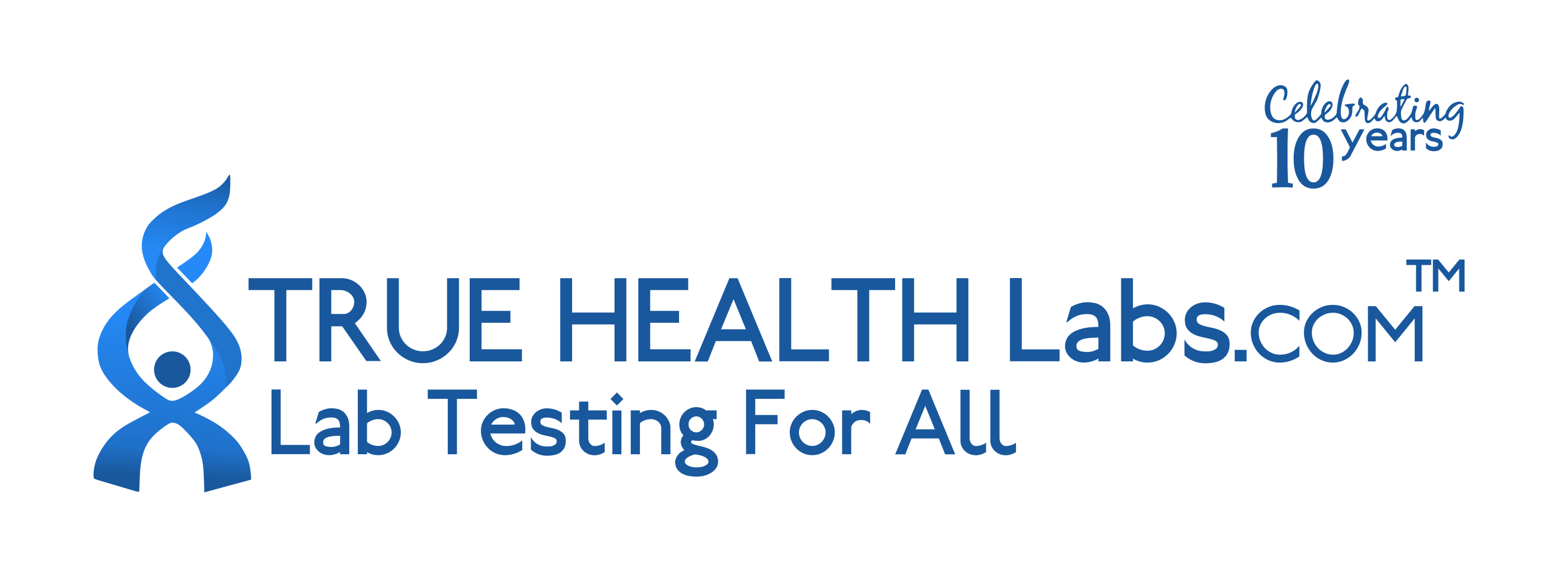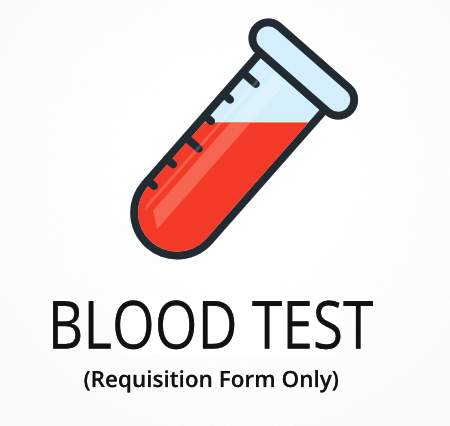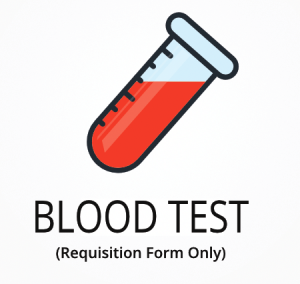Ordering the Basic Metabolic Panel
Ordering a Basic Metabolic Panel (BMP) is important for understanding your body’s chemical balance and metabolism. This test provides insights into your kidney function, blood sugar levels, and electrolyte balance. Interestingly, the BMP can also help detect hidden conditions like kidney disease before symptoms appear.
Here are some specific benefits of the BMP:
- Monitors kidney function and detects early signs of kidney disease.
- Assesses blood sugar levels to help manage diabetes.
- Evaluates electrolyte balance, which is crucial for muscle and nerve function.
- Helps diagnose conditions that affect metabolism.
- Provides a comprehensive overview of your body’s chemical balance.
Individuals Who May Benefit from This Panel
If you are managing a chronic condition like diabetes or hypertension, the BMP can be a valuable tool. For instance, a person with diabetes might use this test to monitor their glucose levels and kidney function, ensuring they stay within a healthy range.
Consider these scenarios where a BMP might be useful:
- Tracking kidney health in individuals with a family history of kidney disease.
- Monitoring electrolyte levels for those on diuretics.
- Evaluating blood sugar levels in pre-diabetic individuals.
- Checking for metabolic imbalances in those experiencing unexplained fatigue.
- Assessing the impact of a high-protein diet on kidney function.
Consider ordering the BMP to gain a clearer picture of your metabolic health.
Preparing for the Panel
Fasting for 10-12 hours is required before taking the Basic Metabolic Panel. Water is allowed during this period. If you are taking medications or supplements, it is important to follow any specific instructions provided by your healthcare provider.
Labs Included When Ordering Your Basic Metabolic Panel
| Test Name | Reference Range | Significance | Low and High Levels of Basic Metabolic Panel |
|---|---|---|---|
| BUN/Creatinine Ratio (calculated) | 10-20 | This ratio helps assess kidney function and hydration status. It compares the levels of blood urea nitrogen and creatinine in the blood. | High levels mean possible kidney dysfunction or dehydration.
Low levels mean potential liver disease or malnutrition. |
| Calcium | 8.5-10.2 | Calcium is vital for bone health, muscle function, and nerve signaling. It helps diagnose bone and parathyroid disorders. | High levels mean possible hyperparathyroidism or cancer.
Low levels mean potential vitamin D deficiency or kidney disease. |
| Carbon Dioxide | 23-29 | Carbon dioxide levels indicate the acid-base balance in the blood. It helps assess respiratory and metabolic conditions. | High levels mean possible respiratory acidosis or metabolic alkalosis.
Low levels mean potential metabolic acidosis or respiratory alkalosis. |
| Chloride | 96-106 | Chloride helps maintain fluid balance and acid-base balance in the body. It is crucial for proper muscle and nerve function. | High levels mean possible dehydration or kidney disease.
Low levels mean potential heart failure or chronic lung disease. |
| Creatinine with GFR Estimated | 0.6-1.2 | Creatinine levels indicate kidney function. The estimated GFR helps assess how well the kidneys are filtering blood. | High levels mean possible kidney impairment.
Low levels mean potential muscle loss or low protein intake. |
| Glucose | 70-99 | Glucose is the primary energy source for the body. Monitoring glucose levels helps manage diabetes and other metabolic disorders. | High levels mean possible diabetes or stress.
Low levels mean potential hypoglycemia or insulin overdose. |
| Potassium | 3.5-5.1 | Potassium is essential for heart and muscle function. It helps diagnose and monitor electrolyte imbalances. | High levels mean possible kidney disease or adrenal insufficiency.
Low levels mean potential diuretic use or excessive sweating. |
| Sodium | 135-145 | Sodium is crucial for fluid balance and nerve function. It helps diagnose and monitor conditions like dehydration and heart failure. | High levels mean possible dehydration or Cushing’s syndrome.
Low levels mean potential Addison’s disease or excessive fluid intake. |
| Urea Nitrogen (BUN) | 6-20 | BUN levels indicate kidney function and protein metabolism. It helps assess hydration status and kidney health. | High levels mean possible kidney dysfunction or high protein diet.
Low levels mean potential liver disease or malnutrition. |
Reference ranges can vary, so it’s important to check the Quest Diagnostics lab test directory for updated ranges.
Basic Metabolic Panel FAQ
Is there Basic Metabolic Panel testing near me?
You can find nearby draw locations with our patient service center locator, which also offers mobile phlebotomy options.
What is the cost of the test?
The cost of the Basic Metabolic Panel can be found at the top of the page. Pricing includes draw fees when visiting patient service centers.
How often should I retest?
Retesting frequency depends on your health needs, but generally, it is recommended to retest annually or as advised by your healthcare provider. Regular monitoring can help manage chronic conditions effectively.
How accurate is the test?
The Basic Metabolic Panel uses blood samples analyzed in a laboratory setting to measure various biomarkers. This method ensures precise results, and TrueHealthLabs.com only partners with CLIA-certified labs to maintain high standards. The accuracy of the test is supported by rigorous quality control processes.
Medical Review Board
Reviewed by Jeff Donohue M.D. from Body Logic and Brady Hurst DC, CCCN. Written by True Health Lab’s team of editorial health contributors.
Disclaimer: This information is for educational purposes only and not intended as medical advice. Consult your healthcare provider for personalized guidance.
Why Customers Trust True Health Labs - What People are saying
Also rated 4.6 out of 5 based on 3452 ShopperApproved reviews- See all TrueHealthLabs.com reviews.








